According to data recently released by the Organization for Co-operation and Development (OECD), more than half of Russian adults held tertiary degrees in 2012 more than in any other country reviewed. Canada was a close second with 52.6 % of adults with tertiary degrees. Meanwhile, less than 4% of Chinese adults had tertiary qualifications in 2012, less than in any other country. 24/7 Wall St. reviewed the 10 countries with the highest proportion of adults holding a college degree.
The most educated populations tend to be in countries where tertiary education spending is among the highest. Tertiary education spending in six of the most educated countries was higher than the OECD average of $13,957. Spending on tertiary education in the U.S., for example, was $26,021 per student, by far the most in the world.
Despite the value of investing in education, there are exceptions. Korea and the Russian Federation both spent less than $10,000 on tertiary education per student in 2011, considerably lower than the OECD average. Yet, they still have among the most educated populations.
Qualifications do not always translate into stronger skills. While only 1 in 4 of U.S. college graduates reach the top-end of literacy skill, more than 35% reach that level in Finland, Japan, and the Netherlands. As Schleicher explained, “We typically describe people by their formal qualifications, but this data suggests that the skill value of formal qualifications vary considerably across countries.”
To identify the most educated countries in the world, 24/7 Wall St. reviewed the 10 countries with the highest proportions of residents aged 25 to 64 with a tertiary education in 2012. These data were included as part of the OECD’s 2014 Education at a Glance report. The countries considered included the 34 OECD member countries, and ten non-OECD nations. Included in the report were data on the proportion of adults completing various levels of education, unemployment rates, as well as public and private education expenditure. We also reviewed data from the OECD’s Survey of Adult Skills, which included advanced adult proficiency in both math and reading. The most current figures for education expenditure by country are from 2011.
These are the most educated countries in the world. Starting with the lowest:
10) Ireland
9) New Zealand

8) United Kingdom
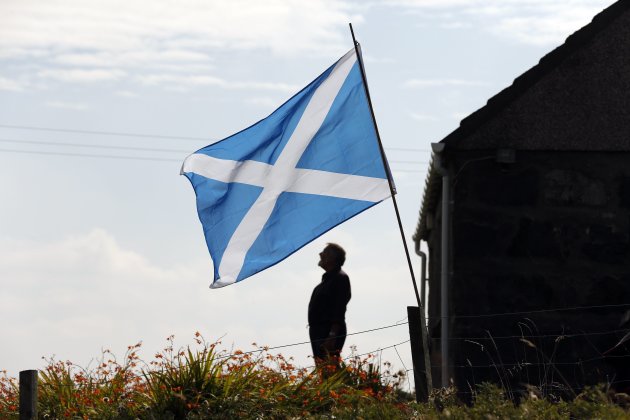
7) Australia

6) Korea
5) United States

4) Israel
3) Japan
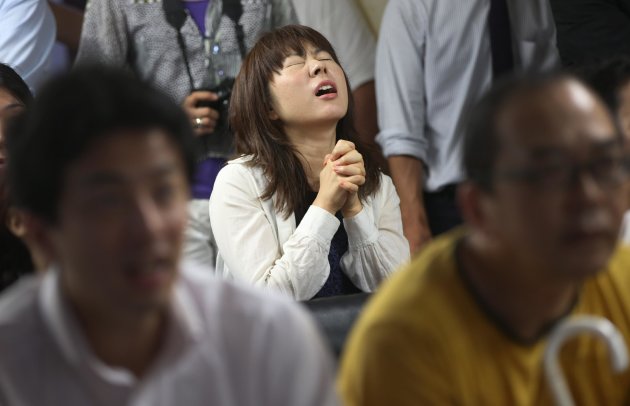
2) Canada
1) Russian Federation
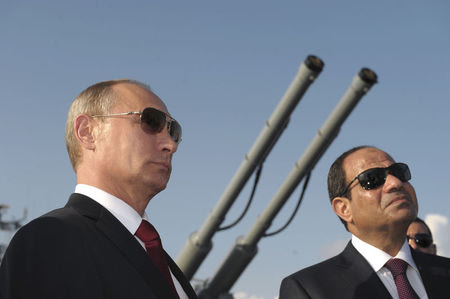
Despite the value of investing in education, there are exceptions. Korea and the Russian Federation both spent less than $10,000 on tertiary education per student in 2011, considerably lower than the OECD average. Yet, they still have among the most educated populations.
Qualifications do not always translate into stronger skills. While only 1 in 4 of U.S. college graduates reach the top-end of literacy skill, more than 35% reach that level in Finland, Japan, and the Netherlands. As Schleicher explained, “We typically describe people by their formal qualifications, but this data suggests that the skill value of formal qualifications vary considerably across countries.”
To identify the most educated countries in the world, 24/7 Wall St. reviewed the 10 countries with the highest proportions of residents aged 25 to 64 with a tertiary education in 2012. These data were included as part of the OECD’s 2014 Education at a Glance report. The countries considered included the 34 OECD member countries, and ten non-OECD nations. Included in the report were data on the proportion of adults completing various levels of education, unemployment rates, as well as public and private education expenditure. We also reviewed data from the OECD’s Survey of Adult Skills, which included advanced adult proficiency in both math and reading. The most current figures for education expenditure by country are from 2011.
These are the most educated countries in the world. Starting with the lowest:
10) Ireland
- Pct. population with tertiary education: 39.7%
- Average annual growth rate (2005-2012): 5.2% (4th highest)
- Tertiary education spending per student: $16,095 (12th highest)
9) New Zealand

- Pct. population with tertiary education: 40.6%
- Average annual growth rate (2000-2011): 2.9% (13th lowest)
- Tertiary education spending per student: $10,582 (15th lowest)
8) United Kingdom

- Pct. population with tertiary education: 41.0%
- Average annual growth rate (2000-2011): 4.0 (11th highest)
- Tertiary education spending per student: $14,222 (16th highest)
7) Australia

- Pct. population with tertiary education: 41.3%
- Average annual growth rate (2000-2011): 3.5% (15th highest)
- Tertiary education spending per student: $16,267 (11th highest)
6) Korea
- Pct. population with tertiary education: 41.7%
- Average annual growth rate (2000-2011): 4.8% (8th highest)
- Tertiary education spending per student: $9,926 (12th lowest)
5) United States

- Pct. population with tertiary education: 43.1%
- Average annual growth rate (2000-2011): 1.4% (the lowest)
- Tertiary education spending per student: $26,021 (the highest)
4) Israel
- Pct. population with tertiary education: 46.4%
- Average annual growth rate (2000-2011): N/A
- Tertiary education spending per student: $11,553 (18th highest)
3) Japan

- Pct. population with tertiary education: 46.6%
- Average annual growth rate (2000-2011): 2.8% (12th lowest)
- Tertiary education spending per student: $16,445 (10th highest)
2) Canada
- Pct. population with tertiary education: 52.6%
- Average annual growth rate (2000-2011): 2.3% (8th lowest)
- Tertiary education spending per student: $23,225 (2nd highest)
1) Russian Federation

- Pct. population with tertiary education: 53.5%
- Average annual growth rate (2000-2011): N/A
- Tertiary education spending per student: $7,424 (the lowest)





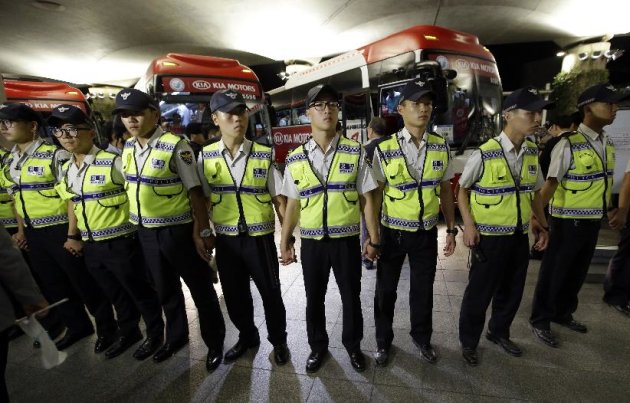

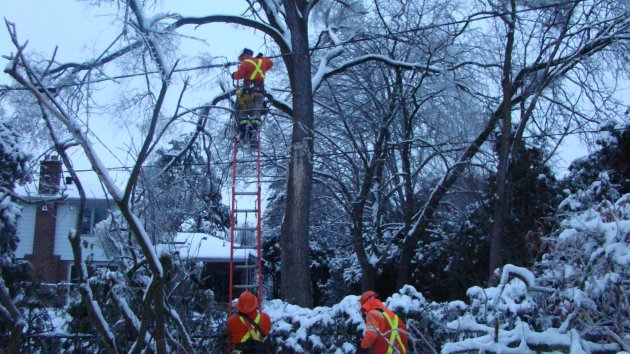
No comments:
Post a Comment
Through these open doors you are always welcome